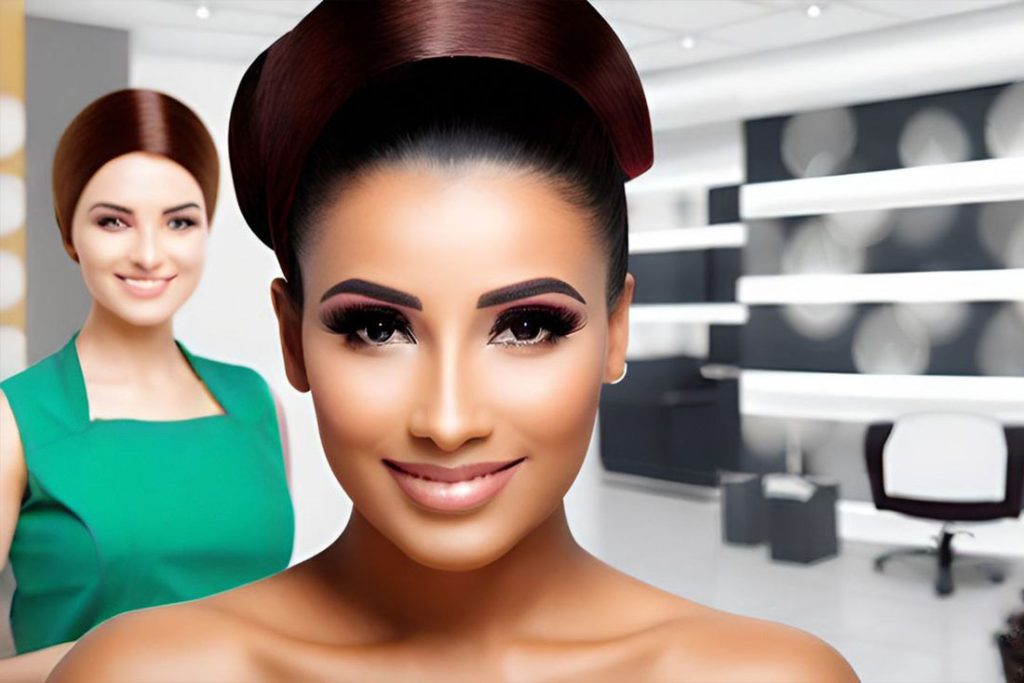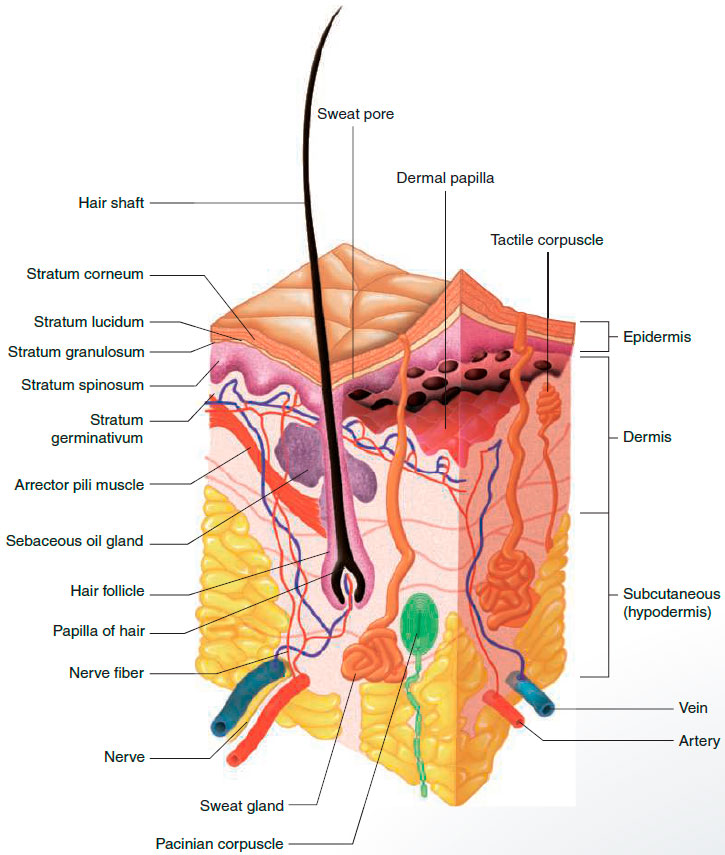The Dermis Explored: Its Structure, Functions, and Significance for Cosmetologists
The skin is a wondrous organ – a complex tapestry of layers and cells, each layer with its unique function. In the world of cosmetology, an in-depth understanding of these layers, particularly the dermis, is a must. As the skin’s underlying layer, the dermis plays a vital role in skin health, aesthetic appearance, and tactile sensations. This article aims to elucidate the structure of the dermis and its crucial role for cosmetologists.

The Dermis Explored
The dermis, also referred to as derma, corium, cutis, or true skin, is the support structure lying beneath the outer layer, the epidermis. It’s roughly 25 times thicker than the epidermis and houses a multitude of elements, including blood vessels, lymph vessels, nerves, sweat (sudoriferous) and oil (sebaceous) glands, hair follicles, and arrector pili muscles.
The dermis is primarily divided into two layers: the papillary layer and the reticular layer.
Papillary Layer
As the outermost layer of the dermis, the papillary layer lies directly beneath the epidermis. Its defining feature is the dermal papillae – membranous ridges and grooves that attach to the epidermis. These structures are crucial for securing the bond between the dermis and epidermis. In addition to this, certain dermal papillae house looped capillaries or tactile corpuscles. These corpuscles contain nerve endings sensitive to touch, pain, heat, cold, and pressure, thus contributing to our sense of touch. The papillae associated with hair follicles, known as hair papillae, form the foundation for hair growth, nourishing the hair root with vital nutrients.

Reticular Layer
The reticular layer is the innermost and thicker layer of the dermis. It acts as the primary supply line for the skin, carrying oxygen and nutrients to the outer layers. The reticular layer harbors a network of vital structures such as blood and lymph vessels, sebaceous and sudoriferous glands, hair follicles, arrector pili muscles, and nerve endings.
Sebaceous glands produce sebum, which moisturizes and protects the skin. Sudoriferous glands, on the other hand, help regulate body temperature through sweat production. Hair follicles are vital for hair growth, while arrector pili muscles, attached to hair follicles, cause the characteristic ‘goosebumps’ when they contract in response to cold or emotional stimuli. Nerve endings in this layer are responsible for transmitting a range of sensations, from the gentlest touch to the discomfort of pain.
For cosmetologists, the knowledge of the dermis is instrumental in understanding various skin conditions, implementing suitable treatments, and advising clients on the best skincare practices. The dermis’s health significantly influences the skin’s appearance – elasticity, color, texture, and overall complexion. For instance, an understanding of the sebaceous and sudoriferous glands can provide insight into various skin conditions like dryness, oiliness, or acne. Understanding the role of the blood and lymph vessels can help explain the benefits of treatments like facial massage, which stimulates circulation and lymphatic drainage, promoting a healthier and glowing complexion.
Moreover, the aging process impacts the dermis significantly, resulting in wrinkles, sagging, and other signs of aging. Understanding these processes can help cosmetologists recommend the most effective anti-aging treatments and products to their clients.
In conclusion, the dermis’s comprehensive understanding is essential for cosmetologists striving to provide the best possible care for their clients’ skin. This knowledge, coupled with the right treatments and products, can help enhance skin health and beauty, ultimately contributing to clients’ confidence and satisfaction.






